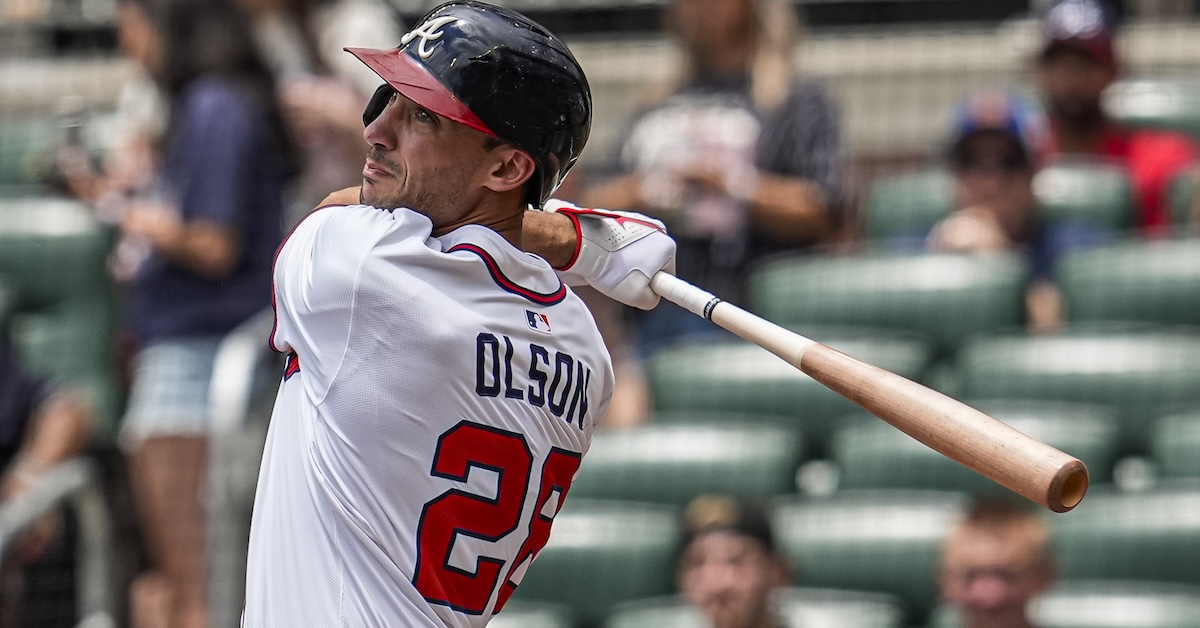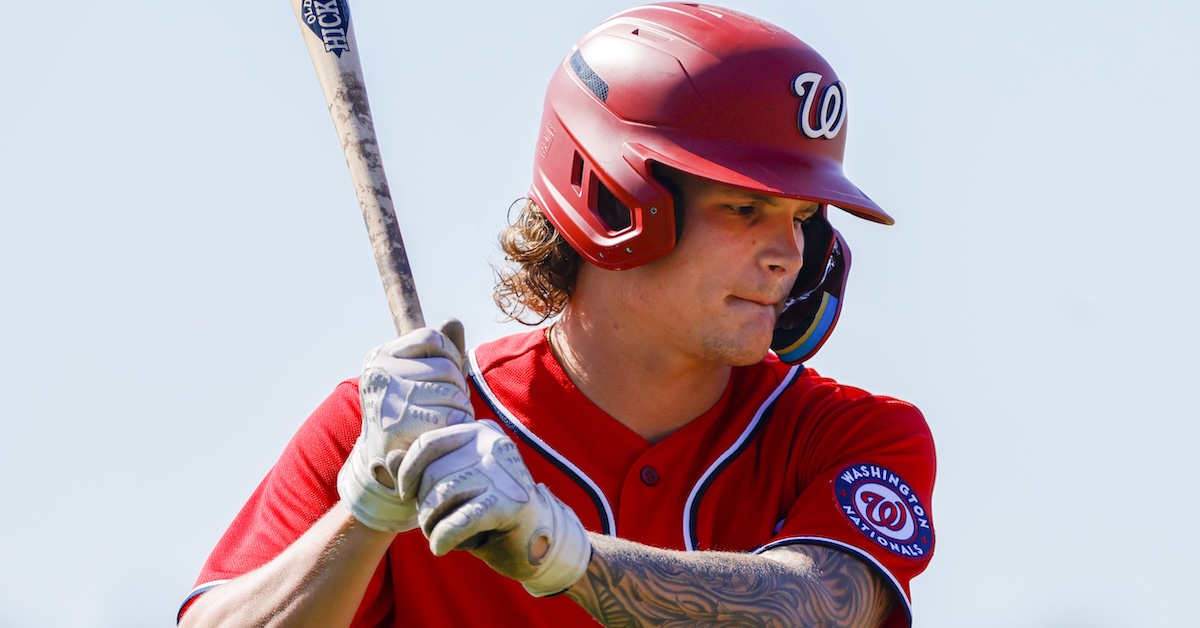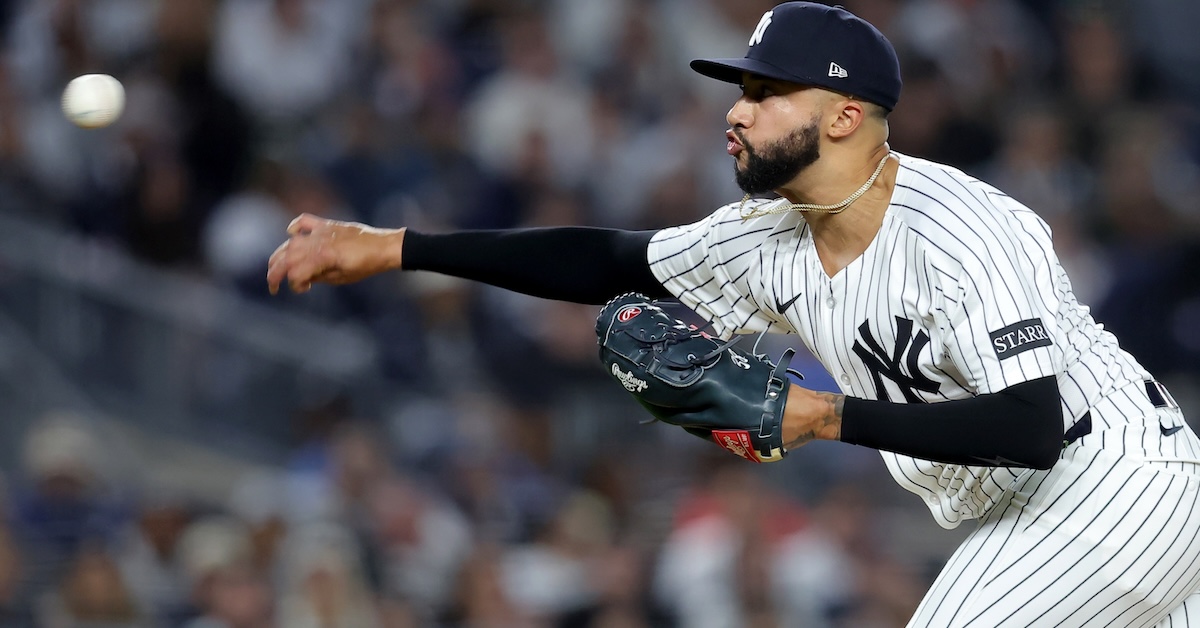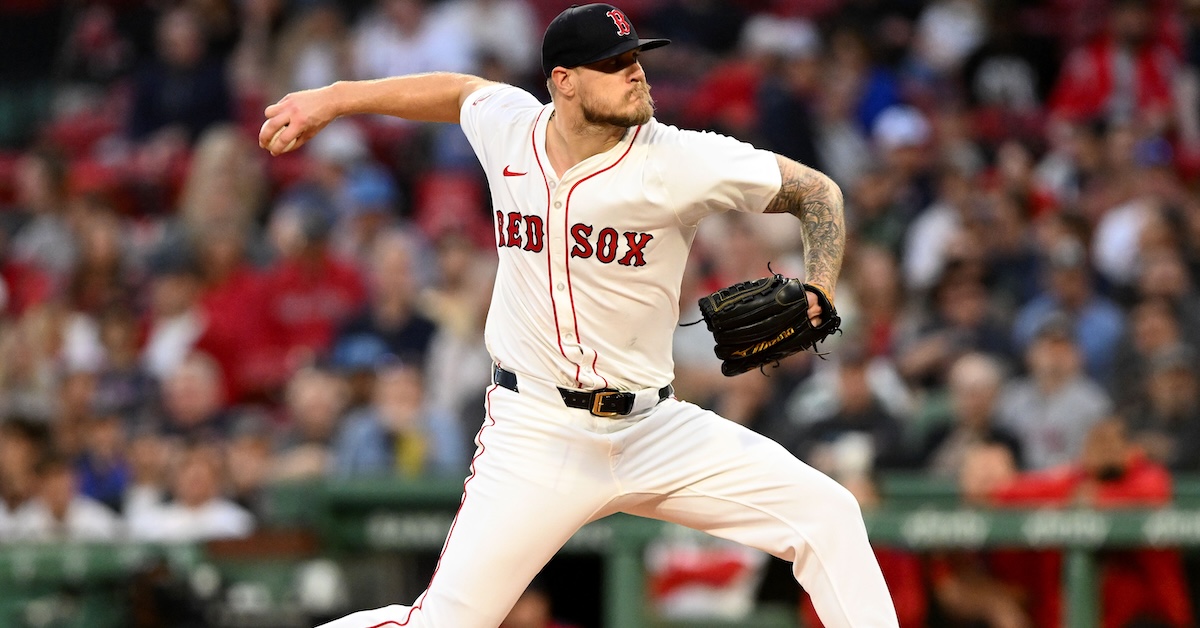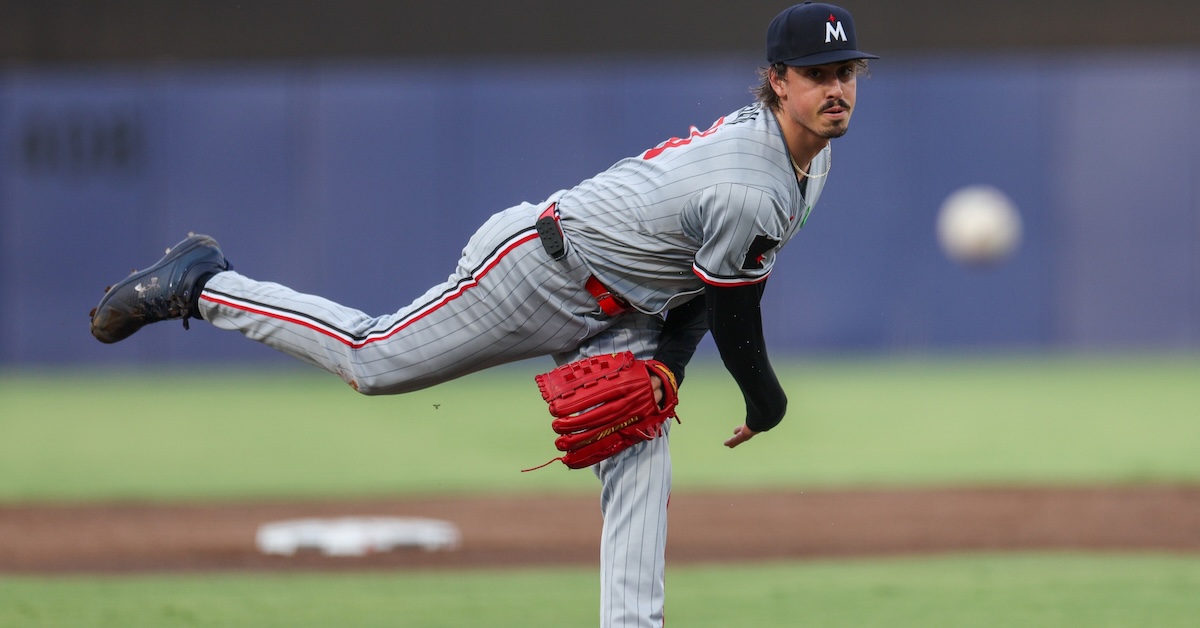Max Fried Addresses His 2015 FanGraphs Scouting Report

Max Fried is one of the best pitchers in baseball. Now in his ninth big league season, and his first with the New York Yankees after eight with the Atlanta Braves, the 31-year-old southpaw is 9-2 with a 1.89 ERA over 95 innings. His career marks are impressive as well. Since debuting in August 2017, Fried has a 2.96 ERA and 3.25 FIP to go with a sparkling 82-38 record. His .683 winning percentage ranks behind only Clayton Kershaw (.695) among active pitchers with at least 100 decisions.
When our 2015 Atlanta Braves Top Prospect list was published in January of that year, Fried was coming off a 2014 season that saw him miss the first three months with forearm soreness and throw just 10 2/3 innings in the low minors before undergoing Tommy John surgery in July. Acquired by Atlanta from the San Diego Padres shortly before our list went up, the seventh overall pick in the 2012 draft was ranked third in the Braves system by Kiley McDaniel, then our lead prospect analyst.
What did Fried’s 2015 FanGraphs scouting report look like? Moreover, what does he think about it all these years later? Wanting to find out, I shared some of what McDaniel wrote and asked Fried to respond to it.
———
“The 6-foot-4, 185 pound lefty was half of what may have been the best one-two punch in high school baseball history, with Nationals top prospect RHP Lucas Giolito at Harvard Westlake High School in 2012.”
“It was definitely a good little thing,” replied Fried. “It didn’t mention that Jack Flaherty was in there, too. He was probably a better performer in high school than both of us. His stats blew mine and Lucas’ out of the water.”
“Scouts were concerned going into the 2012 draft spring about the unusually high volume of pitches with limited down time on the high school’s pitching program.” Read the rest of this entry »
